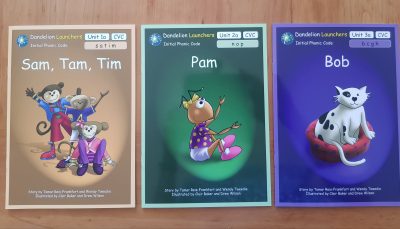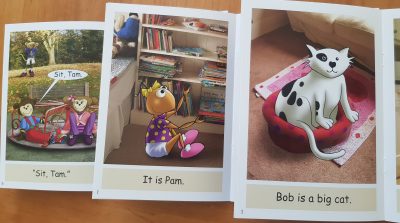Why we need to teach ‘structured and cumulative’ reading instruction…
In the bad old days before I learnt how to teach kids to read, I taught kids to read in a structured way. That is, what I thought was structure:
Week 1: letters a, b, c, d
Week 2: letters e, f, g, h
Week 3: letters i, j, k, l, etc.
It is no surprise that when I got to week 4, my students had forgotten what I had taught them in week 1. Of course, I had no idea about phonics then: how to teach word-building, about blending and segmenting, phonemic awareness, the necessity of repeated practice and of course – the Alphabetic Code.
Today most phonic programmes claim to be ‘structured phonics’ or ‘systematic phonics’. But structure alone does not guarantee that kids remember what you have taught them. Most kids need repeated exposure to new knowledge, concepts and skills before these are embedded in their long-term memory. What we need is a structured or systematic CUMULATIVE programme. What does that mean? It means that each new level of teaching includes opportunities to revisit what has already been taught. This is especially important for beginner readers as the foundations of reading are laid down. Shaky foundations with missing building blocks will inevitably lead to trouble ahead.
Below is an example of a systematic, cumulative phonics progression based on the Sounds-Write Reading and Spelling programme we use at the centre at which we teach.

At each stage the teacher should include word-building, word reading and text reading which includes not just the new spellings taught, but those already taught. This way, new learning is based on top of solidly secure old learning.
So how does a structured and cumulative phonic progression translate to decodable books?
Each of our beginner books has a new phonic focus: new spellings are introduced. But the text will include spellings from previous levels of reading. See below the first three levels of our Dandelion Launchers series:
Unit 1 : s, a, t, i, m
Unit 2: n, o, p
Unit 3: b, c, g h

Below you can see the text from all three books.
Unit 1 has words you can build from the sounds s, a, t, i, m: ‘sit’, ‘Tam’ (apart from the high-frequency word ‘is’).
Units 2 now has words you can build from the sounds s, a, t, i, m + n, o, p: ‘Pam’.
Unit 3 has words you can build from the sounds s, a, t, i, m + n, o, p + b, c, g, h: ‘Bob’, ‘big’, ‘cat’.

I believe that this is a really important pedagogical element that should be present in phonic programmes and resources, especially for kids who struggle with learning to read. So when we ask “What do quality phonics programmes and resources look like?” – let’s say they should be structured, systematic and cumulative.
To see our decodable books, visit our website.
To see the books mentioned above, see our Dandelion Launchers series here.

